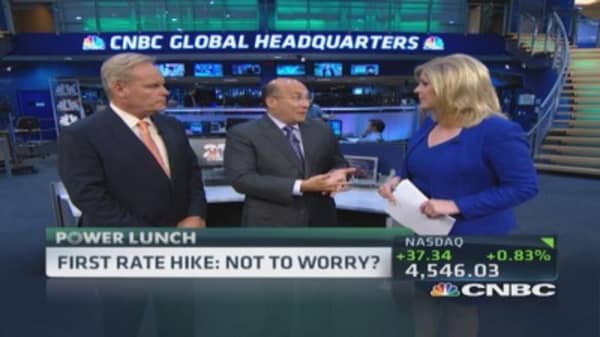As Federal Reserve watchers, traders and investors everywhere feverishly work to "connect the dots" regarding the central bank's next move, there may be a lot less to worry about with respect to when the first rate hike comes, than how many will follow.
No doubt the stock market will be extremely sensitive to the Fed's eventual decision to begin its "normalization" of interest-rate policy. But if history is any guide, the Fed's first rate hike is not the most worrisome.
Read MoreFive reasons the Fed should raise rates now
From the 1930s until the 1970s, Edson Beers Gould was one of Wall Street's earliest, and most successful, technical analysts. So precise were his predictions that his pronouncements were so accurate that he was followed by some of the biggest names on Wall Street for decades. He was reputed to have charged his subscribers as much as $500 a year for his newsletter as far back as 1930. His influence extended beyond the grave, according to some reports, having predicted Dow 3,000 toward the end of his life, at a time when the blue-chip average was still below 1,000 in the 1970s.





